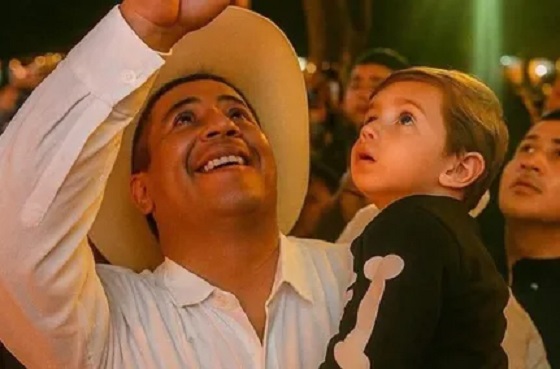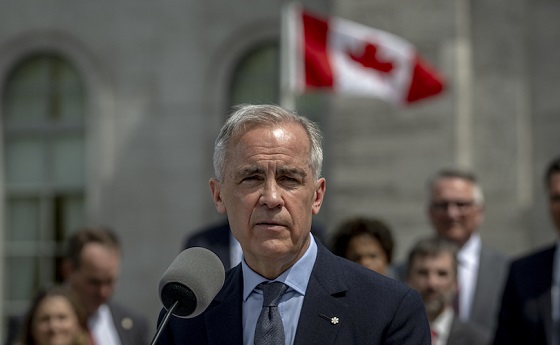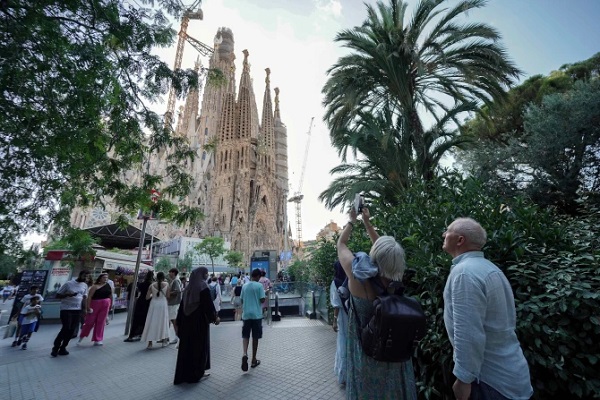Uncategorized
Father, son buried as New Zealand mosque funerals begin

CHRISTCHURCH, New Zealand — A father and son who fled the civil war in Syria for “the safest country in the world” were buried before hundreds of mourners Wednesday, the first funerals for victims of shootings at two mosques in New Zealand that horrified a nation known for being welcoming and diverse.
The funerals of Khalid Mustafa, 44, and Hamza Mustafa, 15, came five days after a white supremacist methodically gunned down 50 worshippers at two mosques in Christchurch — a massacre that he broadcast live on Facebook.
Hamza’s high school principal described the student as compassionate and hardworking, and said he was an excellent horse rider who aspired to be a veterinarian.
Those present included Hamza’s younger brother, 13-year-old Zaed, who was wounded in an arm and a leg during the attack. The boy tried to stand during the ceremony but had to sit back in his wheelchair, one mourner said.
“We tried to not shake his hand, and not touch his hand or his foot, but he refused, he wanted to shake everybody’s hand, he wanted to show everyone that he appreciated them. And that’s amazing,” said Jamil El-Biza, who
The Mustafas had moved to New Zealand last year, after spending six years as refugees in Jordan. Mustafa’s wife, Salwa, told Radio New Zealand that when the family asked about New Zealand they were told “it’s the safest country in the world, the most wonderful country you can go … you will start a very wonderful life there.”
She added, “But it wasn’t.”
Prime Minister Jacinda Ardern said the family should have been safe.
“I cannot tell you how gutting it is to know that a family came here for safety and for refuge,” she said.
Families of those killed had been anxiously awaiting word on when they could bury their loved ones. Police Commissioner Mike Bush said police have now formally identified and released the remains of 21 of those killed. Islamic tradition calls for bodies to be cleansed and buried as soon as possible.
Four other burials were under way on Wednesday evening. Those victims include Junaid Ismail, Ashraf Ali and Lilik Abdul Hamid. The fourth victim’s name was suppressed by court order.
The burials began soon after Ardern renewed her call for people to speak of the victims rather than the man who killed them.
Also on Wednesday, a man accused of sharing video footage of Friday’s massacre was jailed by a judge until his next court appearance in mid-April. And Bush said he believes police officers stopped the gunman on his way to a third attack.
Ardern’s plea against giving the accused gunman notoriety followed his move to represent himself in court, raising concerns he would attempt to use the trial as a platform for airing his racist views.
During a visit Wednesday to the high school Hamza and another victim attended, Ardern revisited that thought and asked students not to say the attacker’s name or dwell on him.
“Look after one another, but also let New Zealand be a place where there is no tolerance for racism,” she told students at Cashmere High School. “That’s something we can all do.”
Another Cashmere student, 14-year-old Sayyad Milne, also died in the attack.
About 30 people wounded in the attacks remained hospitalized as of Tuesday evening. Around 10 of them were in critical condition, including a 4-year-old girl.
Brenton Harrison Tarrant, a 28-year-old Australian man, has been charged with murder and is next scheduled to appear in court on April 5. Police have said they are certain Tarrant was the only gunman but are still investigating whether he had support from others.
Ardern previously has said reforms of New Zealand’s gun laws would be announced next week and she said an inquiry would be convened to look into the intelligence and security services’ failures to detect the risk from the attacker or his plans.
New Zealand’s international spy agency, the Government Communications Security Bureau, confirmed it had not received any relevant information or intelligence before the shootings.
Philip Arps, 44, appeared in a Christchurch court Wednesday on two charges of distributing the killer’s livestream video of the attack on the Al Noor mosque, the first mosque that was attacked, a violation of the country’s objectionable publications law. Each charge carries a maximum sentence of 14 years in prison.
Arps, heavily tattooed and dressed in a T-shirt and sweatpants, hasn’t entered a plea. He remained expressionless during the hearing, his hands clasped behind his back.
Judge Stephen O’Driscoll denied him bail.
Charging documents accuse Arps of distributing the video on Saturday, one day after the massacre.
Most details of bail hearings are suppressed under New Zealand law. The judge made an additional suppression order regarding the police summary of facts in the case, limiting reporting of the accusations to the charges themselves.
Bush, the police commissioner, said they believe they know where the gunman was going for a third attack when officers rammed his car off the road but won’t say more because it’s an active investigation.
In a 74-page manifesto he released before the attack, Tarrant said he was going to attack two mosques in Christchurch and then one in the town of Ashburton if he made it that far.
Bush also revised his timeline, saying officers rammed the suspect’s car 21 minutes after the first emergency call, rather than 36 minutes. Bush said FBI agents have
Abizar Valibhai, of Christchurch, said Wednesday’s burials marked an important moment.
“It’s not only for the Muslim community, but for the whole of New Zealand, and the world as well,” he said. “If we don’t show our support at this time, when are we going to show it?”
He said there would be many waves of emotions to come for the families of the victims.
“They are fathers, they are mothers, they are brothers, they are sisters, they are wives,” he said. “There are a lot of things that will be shattered.”
Nick Perry, Juliet Williams And Kristen Gelineau, The Associated Press
Uncategorized
Trump Admin Establishing Council To Make Buildings Beautiful Again


From the Daily Caller News Foundation
By Jason Hopkins
The Trump administration is creating a first-of-its-kind task force aimed at ushering in a new “Golden Age” of beautiful infrastructure across the U.S.
The Department of Transportation (DOT) will announce the establishment of the Beautifying Transportation Infrastructure Council (BTIC) on Thursday, the Daily Caller News Foundation exclusively learned. The BTIC seeks to advise Transportation Secretary Sean Duffy on design and policy ideas for key infrastructure projects, including highways, bridges and transit hubs.
“What happened to our country’s proud tradition of building great, big, beautiful things?” Duffy said in a statement shared with the DCNF. “It’s time the design for America’s latest infrastructure projects reflects our nation’s strength, pride, and promise.”
“We’re engaging the best and brightest minds in architectural design and engineering to make beautiful structures that move you and bring about a new Golden Age of Transportation,” Duffy continued.
Mini scoop – here is the DOT’s rollout of its Beautifying Transportation Infrastructure Council, which will be tasked with making our buildings beautiful again. pic.twitter.com/
9iV2xSxdJM — Jason Hopkins (@jasonhopkinsdc) October 23, 2025
The DOT is encouraging nominations of the country’s best architects, urban planners, artists and others to serve on the council, according to the department. While ensuring that efficiency and safety remain a top priority, the BTIC will provide guidance on projects that “enhance” public areas and develop aesthetic performance metrics.
The new council aligns with an executive order signed by President Donald Trump in August 2025 regarding infrastructure. The “Making Federal Architecture Beautiful Again” order calls for federal public buildings in the country to “respect regional architectural heritage” and aims to prevent federal construction projects from using modernist and brutalist architecture styles, instead returning to a classical style.
“The Founders, in line with great societies before them, attached great importance to Federal civic architecture,” Trump’s order stated. “They wanted America’s public buildings to inspire the American people and encourage civic virtue.”
“President George Washington and Secretary of State Thomas Jefferson consciously modeled the most important buildings in Washington, D.C., on the classical architecture of ancient Athens and Rome,” the order continued. “Because of their proven ability to meet these requirements, classical and traditional architecture are preferred modes of architectural design.”
The DOT invested millions in major infrastructure projects since Trump’s return to the White House. Duffy announced in August a $43 million transformation initiative of the New York Penn Station in New York City and in September unveiledmajor progress in the rehabilitation and modernization of Washington Union Station in Washington, D.C.
The BTIC will comprise up to 11 members who will serve two-year terms, with the chance to be reappointed, according to the DOT. The task force will meet biannually. The deadline for nominations will end Nov. 21.
Uncategorized
New report warns WHO health rules erode Canada’s democracy and Charter rights

The Justice Centre for Constitutional Freedoms has released a new report titled Canada’s Surrender of Sovereignty: New WHO health regulations undermine Canadian democracy and Charter freedoms. Authored by Nigel Hannaford, a veteran journalist and researcher, the report warns that Canada’s acceptance of the World Health Organization’s (WHO) revised International Health Regulations (IHR) represents a serious erosion of national independence and democratic accountability.
The IHR amendments, which took effect on September 19, 2025, authorize the WHO Director-General to declare global “health emergencies” that could require Canada to follow directives from bureaucrats in Geneva, bypassing the House of Commons and the will of Canadian voters.
The WHO regards these regulations as “binding,” despite having no ability or legal authority to impose such regulations. Even so, Canada is opting to accept the regulations as binding.
By accepting the WHO’s revised IHR, the report explains, Canada has relinquished its own control over future health crises and instead has agreed to let the WHO determine when a “pandemic emergency” exists and what Canada must do to respond to it, after which Canada must report back to the WHO.
In fact, under these International Health Regulations, the WHO could demand countries like Canada impose stringent freedom-violating health policies, such as lockdowns, vaccine mandates, or travel restrictions without debate, evidence review, or public accountability, the report explains.
Once the WHO declares a “Pandemic Emergency,” member states are obligated to implement such emergency measures “without delay” for a minimum of three months.
Importantly, following these WHO directives would undermine government accountability as politicians may hide behind international “commitments” to justify their actions as “simply following international rules,” the report warns.
Canada should instead withdraw from the revised IHR, following the example of countries like Germany, Austria, Italy, Czech Republic, and the United States. The report recommends continued international cooperation without surrendering control over domestic health policies.
Constitutional lawyer Allison Pejovic said, “[b]y treating WHO edicts as binding, the federal government has effectively placed Canadian sovereignty on loan to an unelected international body.”
“Such directives, if enforced, would likely violate Canadians’ Charter rights and freedoms,” she added.
Mr. Hannaford agreed, saying, “Canada’s health policies must be made in Canada. No free and democratic nation should outsource its emergency powers to unelected bureaucrats in Geneva.”
The Justice Centre urges Canadians to contact their Members of Parliament and demand they support withdrawing from the revised IHR to restore Canadian sovereignty and reject blind compliance with WHO directives.
-

 Justice1 day ago
Justice1 day agoCarney government lets Supreme Court decision stand despite outrage over child porn ruling
-
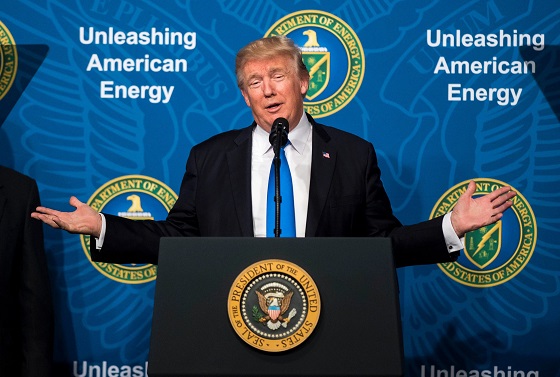
 Daily Caller2 days ago
Daily Caller2 days agoUS Eating Canada’s Lunch While Liberals Stall – Trump Admin Announces Record-Shattering Energy Report
-

 Business1 day ago
Business1 day agoCarney’s budget spares tax status of Canadian churches, pro-life groups after backlash
-
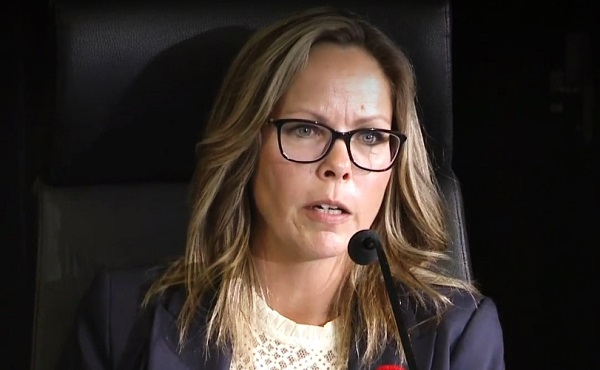
 COVID-191 day ago
COVID-191 day agoFreedom Convoy leader Tamara Lich to appeal her recent conviction
-

 Daily Caller1 day ago
Daily Caller1 day agoUN Chief Rages Against Dying Of Climate Alarm Light
-
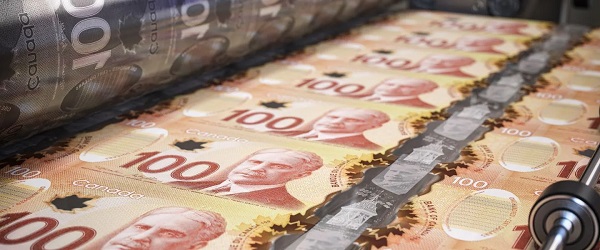
 Business2 days ago
Business2 days agoPulling back the curtain on the Carney government’s first budget
-

 Energy2 days ago
Energy2 days agoEby should put up, shut up, or pay up
-

 Business2 days ago
Business2 days agoThe Liberal budget is a massive FAILURE: Former Liberal Cabinet Member Dan McTeague





